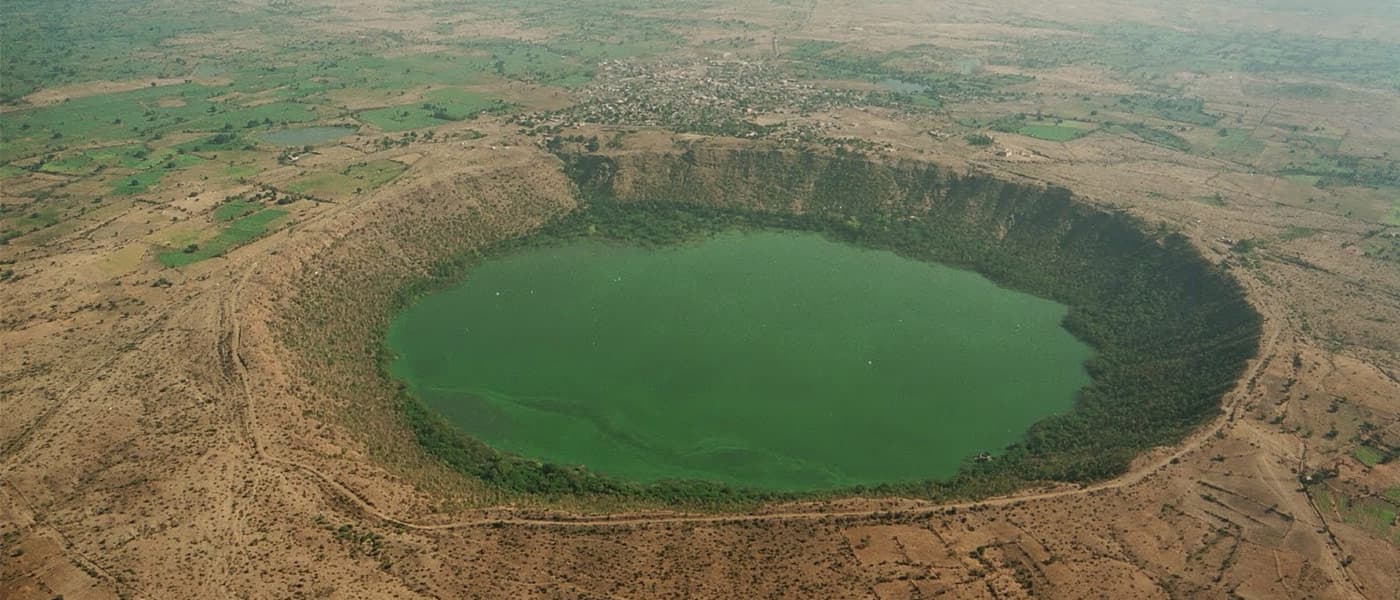Pocket Ecosystems
A new study, published this week in the journal Geochimica et Cosmochimica Acta, may provide new clues to one of the most intractable mysteries confronting human knowledge—the Origin of Life.
And those clues emanate from an unusual source—cometary and meteoritic impact craters. The study posits the notion that these craters, which—according to the record of other planets and our own Moon—plentifully formed on our planet during the Late Heavy Bombardment, may have produced conditions favorable to the creation of life in the Earth’s early oceans.
The interface between water and impact-heated rock, it is believed, conduced to the formation of complex organic molecules; subsequently, these craters became “pocket ecosystems” where life’s experiment could play out in isolation, before spreading to the wider world. It may also explain the mystery of why life’s most basal stem, the hyperthermophilic Archaea, seem preferentially to inhabit extreme environments deadly to the Johnny-come-latelies, like the Eubacteria and our own Eukarya.
Scientists have long proposed that comet and meteor impacts shuttled the important raw materials of life—like water, glycine and β-alanine—from the Sun’s outer natal cloud to the hot early Earth, where such volatiles had long since evaporated.
But the team of researchers, led by Edel O’Sullivan of the Trinity College Dublin School of Natural Sciences, suggests that the craters themselves incubated and fueled life’s origin, providing the catalytic energy to synthesize new molecules and power the evolution of the first metabolic, self-replicating systems.
Hydrothermal Analogues
Many origin-of-life scenarios have posited that life formed around oceanic hydrothermal vents, like the “black smokers” found near the mid-ocean ridges. But O’Sullivan rejects such structures as unlikely to have existed on the early Earth—they’re tectonic features, but that was a time when plate tectonics had yet to be initiated.
But by studying the ancient, ca. 200 km-wide (124 mi-wide) Sudbury impact crater basin in Ontario, Canada, the team realized that hydrothermal analogues could form within such impact craters. By probing the geologic layers of the crater, it was learned that the crater filled with seawater very quickly, when the bottom layer was still molten from the impact; volcanic rocks were deposited in a layer up to 1.5 km (almost a mile) thick, which indicates a long period of isolation from the wider ocean.
This intra-crater volcanic activity produced hydrothermal activity, and the existence of higher amounts of carbon and the depletion of nutrients in the layers above hint at the presence of microbial life.
“There is clear evidence for exhaustion of molybdenum in the water column, and this strongly indicates a closed environment, shut off from the surrounding ocean,” says O’Sullivan.
These impact-induced hydrothermal systems, existing in closed ecosystems, may provide the needed evidence for certain theories on the Origin of Life—such as Wächtershäuser’s “Iron-Sulfur World” hypothesis, which posits the evolution of a proto-metabolism on pyrite minerals in hydrothermal environments.
Share This Article
